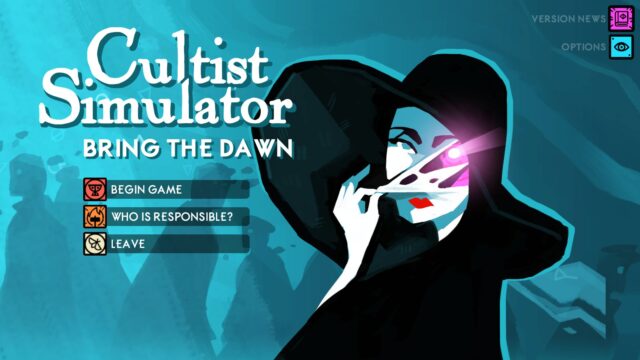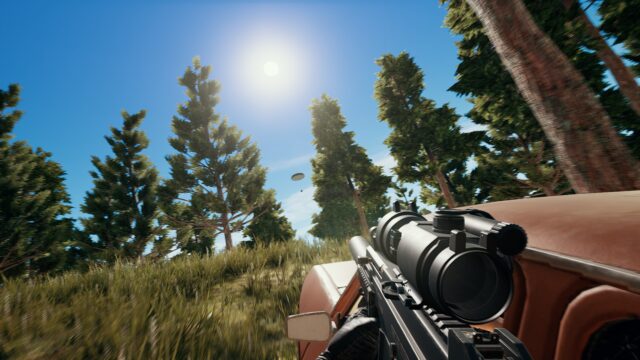Call Of Juarez: Gunslinger Review
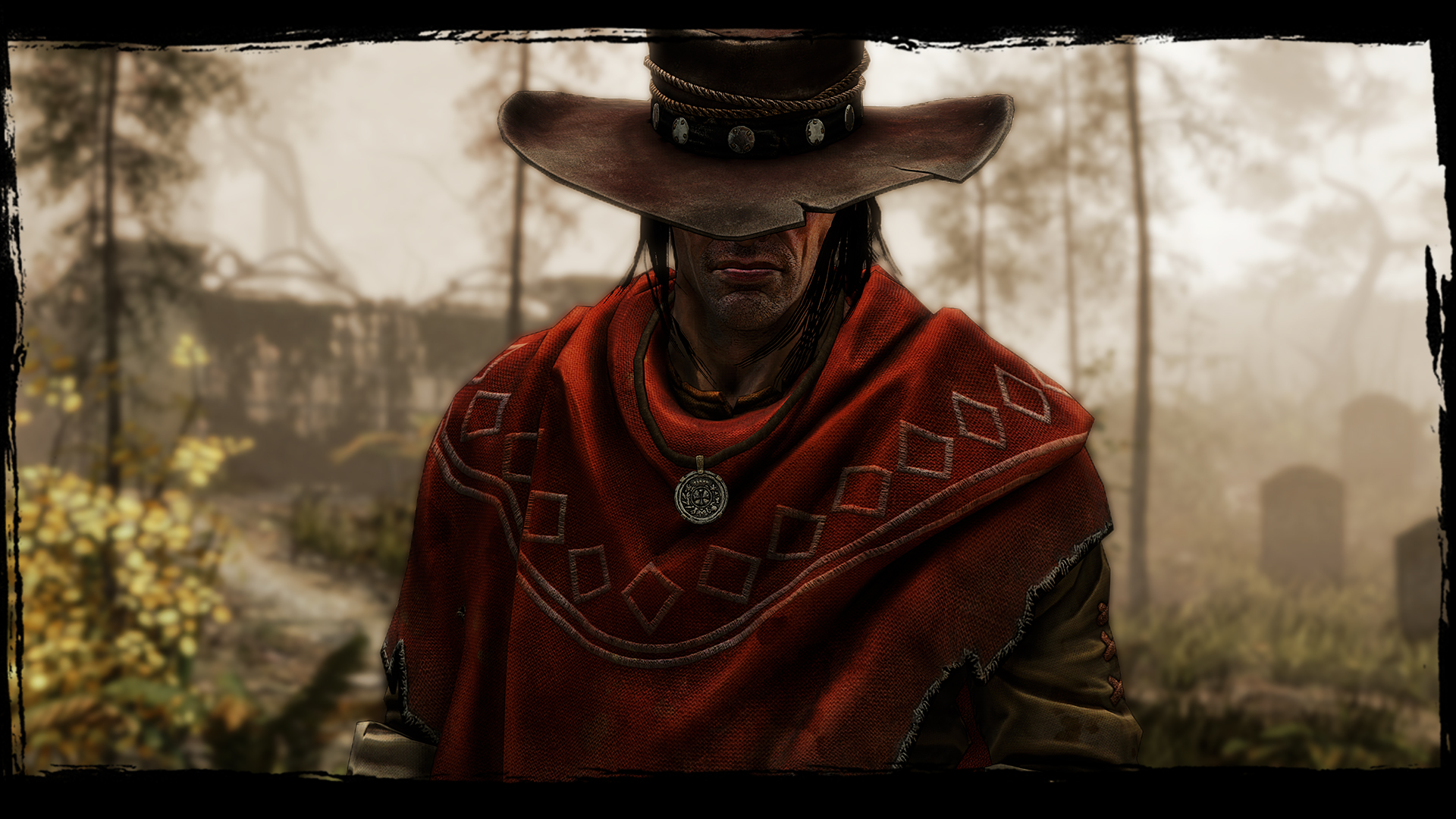
Being the fourth game in the Call Of Juarez series, Gunslinger is not connected. directly with its predecessors This is a Western with a plot based on the exaggerated memories of a bounty hunter, cowboy Silas Greaves, with a first-person view and a surprisingly modest price tag of $12. Will this game rot in a pit or become the sheriff of a local town? Here’s what I think:
As it turns out, linear shooters can still find their way to my heart. Even if it’s a shooter with QTEs. With checkpoints instead of saves. Allowing you to carry only two types of weapons. I realized that all of this doesn’t really matter if the game doesn’t forget to entertain the player. And Gunslinger doesn’t forget.
Don’t worry if you haven’t played other Call of Juarez games: it remains a mystery to me what these words are doing in the title at all. This game has nothing to do with South America, there are no Mexican characters, let alone any Juarez. But that’s not important – it’s a game about the Wild West, where you go through the memories of a bounty hunter, who has encountered almost every significant person of that era in his adventures.
And here it becomes obvious that you shouldn’t believe everything he tells (that’s where most of the fun of the whole game lies). Greaves, now elderly, spins his tales to drunk men in a bar. In his stories, he encounters, duels, and usually kills the most legendary outlaws: Jesse James, Billy the Kid, Butch Cassidy, Sundance Kid… it all becomes clear to you. The game missions are similar memories, where you explore relatively open areas, then shoot an incredible number of people in the face, and more often than not, it all ends in a duel.
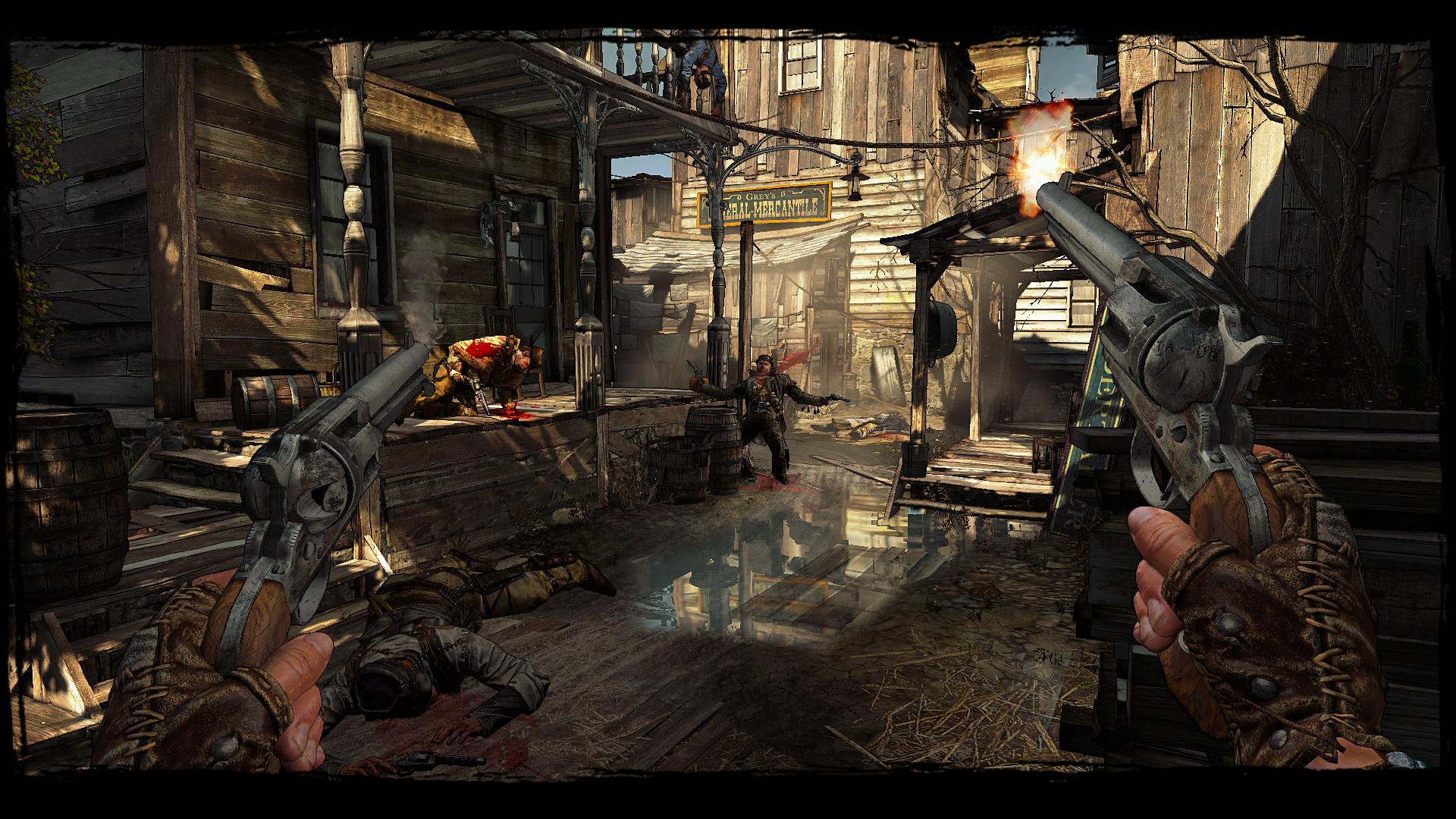
In this case, everything is quite interesting thanks to two factors. The first, and obviously the most important, is how well everything is done. The game presents itself without a hint of arrogance as a shooting gallery with enemies popping up here and there. The limited weapon selection is compensated by its power – in most cases, one headshot is enough. You also have “Concentration,” which allows you to use superpowers to quickly deal with villains. These abilities can be expanded by accumulating experience points and unlocking new skills. There is practically nothing to complain about.
The second factor is the skillful use of irony. Many games that parody their genre do not even come close in terms of quality to the objects of their mockery. Or they maliciously and sarcastically point out the main flaws, intentionally focusing on them. Gunslinger does not make such mistakes but successfully makes fun of some shooter features.
For example: the more shooting there is in a shooter, the more captivating it is. But to have a lot of shooting, an incredible number of enemies have to be created for one person. In Gunslinger, this is explained by absurd exaggerations in Silas’ stories. His three listeners react differently to his fabrications: one naively admires, another cynically, and the third is outraged by blatant nonsense. They constantly insert their comments throughout the game.
But that’s not all. The number of enemies adjusts to Silas’ tall tales when he gets distracted from the topic. There is a moment when the game seems to freeze, and villains appear one after another in the same place. Then Silas snaps out of it and continues the story, and the game itself moves on. There is a moment when the narrator apologizes and goes to the bathroom, and the game gets stuck in a sequence where nothing happens at all. These scenes themselves are not particularly exciting, but in this context, they are perceived with enthusiasm.
This approach is also applied in other ways. For example, when Silas’ drinking buddies catch him in an obvious lie, the game changes according to the real facts he focuses on. Or when impassable canyons start changing before your eyes, new paths and stairs literally appear out of nowhere so that the story can continue. Sometimes Silas puts himself in an impossible situation and from a certain point starts telling the story again, and at the same time, the picture also rewinds, and you continue playing in a completely different way.
In addition to all this, Gunslinger looks mesmerizing. It is a perfect example of how excellent artistic execution is more important than perfect technology. Stylistically, the game resembles Borderlands, but on a new version of the Source engine. The environment is simply delightful, the landscapes take your breath away, and the cities are meticulously detailed. All of this is done on the Chrome Engine 5, Techland’s proprietary engine, which in terms of image quality can already compete with the best technologies of other companies.
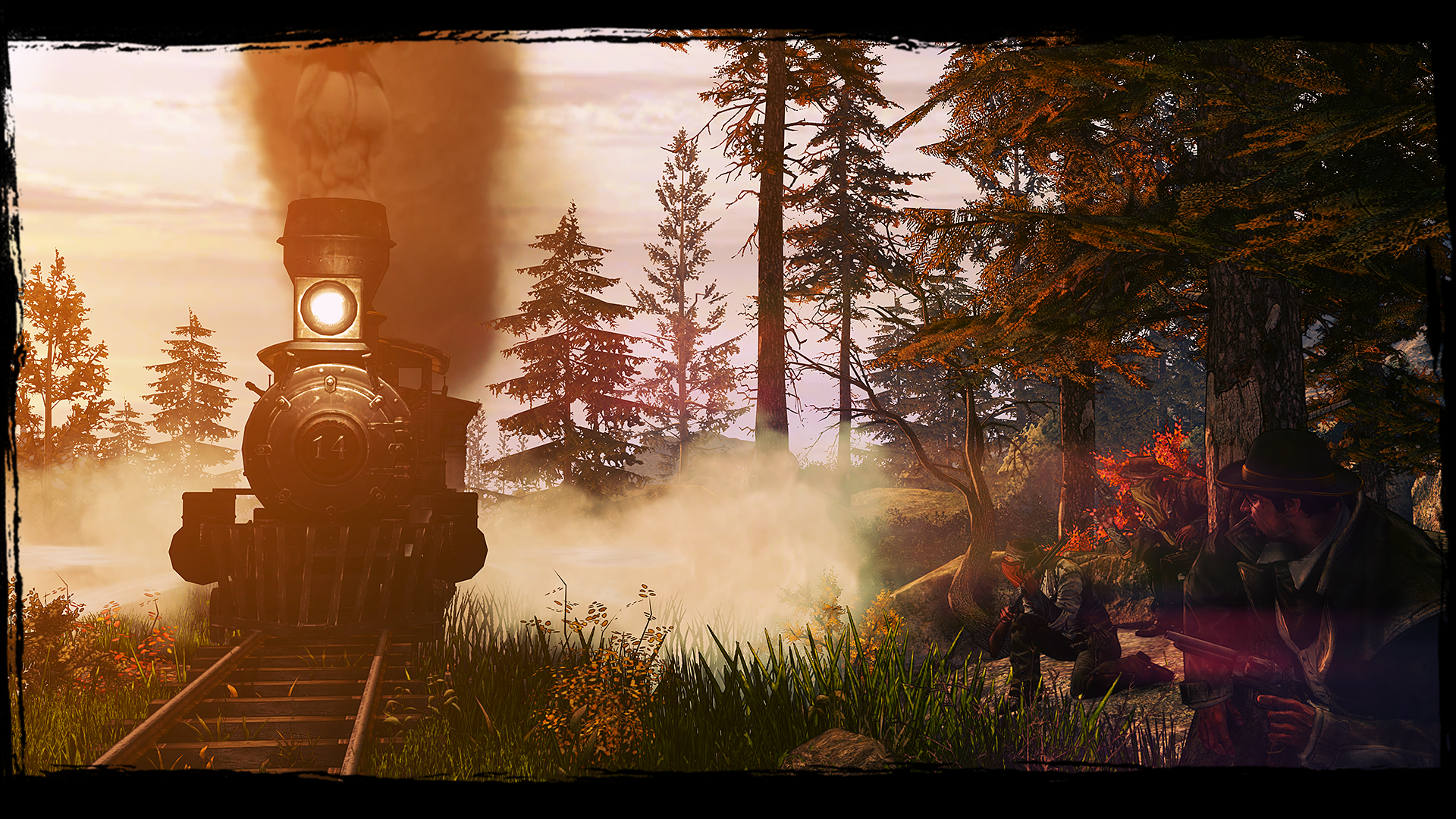
Among these luxurious locations, enemies look like cartoon characters, brightly colored and caricatured. Headshots are accompanied by abundant fountains of bright red blood, bullets whistling around you leave long trails behind. Against the backdrop of local recklessness, what would otherwise appear brutally cruel seems quite innocent, complemented by booming sound effects.
It’s strange, but the main flaws of the game lie in the storytelling – its strongest aspect. Missions often end too abruptly, leaving a sense of incompleteness and not allowing you to feel the achievement of any goal. In many cases, it all comes down to duels, where you have to take into account a number of factors shown on the screen and demonstrate swift reaction. It’s all great, but again – the duel ends, and the story immediately rushes on without any clear conclusion.
The cutscenes are also “impressive” in their magnificence. The events in the bar are presented as static, hand-drawn pictures with camera zooms. They are beautiful, but the game engine itself is capable of producing worthy characters, which makes the cutscenes seem cheap and hastily made.
However, they don’t spoil the overall impressions, which can be extended through replaying (already with all acquired skills) and the arcade mode, with broader scoring possibilities than just chains of kills.
I enjoyed the time spent with Gunslinger. I didn’t expect anything from the game, but now I warmly remember those weekends. Of course, I can’t help but wonder how cool it would have been if the levels were missions scattered throughout an open world. It was too silly to create an open area where you’re not allowed to go anywhere – “You’re moving away from the narrative” – it’s a constant reminder of the potential freedom. But even with these limitations, the game remains one of the most captivating shooters I’ve seen in my adult life. It’s straightforward, but with original techniques, unashamed to be an improved shooting gallery, not turning you into a computer hero’s assistant who opens doors for you, it reminds us of what this genre should be primarily. And that in itself looks extremely fresh. The fact that it presents itself with such swagger, with such a sense of humor; mocking the genre, yet managing not to spoil it – at the very least, deserves praise.
Share
Discuss
More Reviews

